SUMMARY
This is AI generated summarization, which may have errors. For context, always refer to the full article.
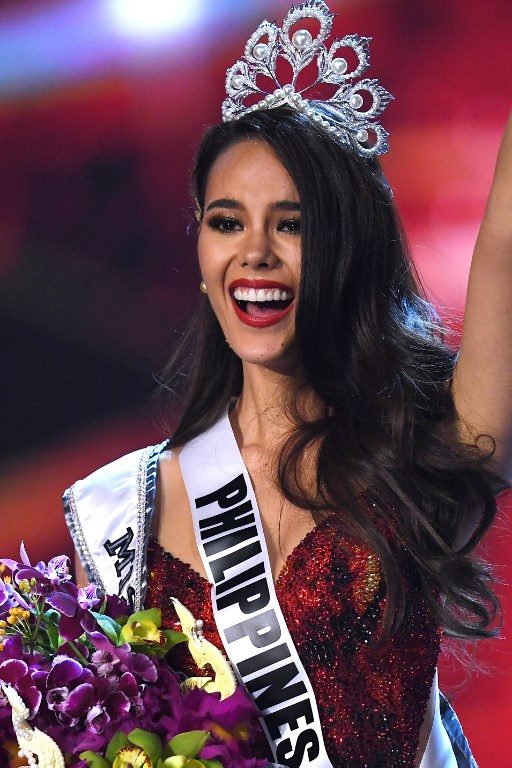
AT A GLANCE
- The ’60s and ’70s saw the Filipinos’ growing fascination with beauty pageants, thanks to wins in the Miss Universe and Miss International pageants
- Pageant camps were established and adopted modules and techniques from Venezuela to train candidates
- Feminists believe that beauty pageants simply put importance on looks, while others like beauty queen candidates say these have helped them promote their advocacies
PART 1
MANILA, Philippines – The Miss Universe crown is back in the Philippines. On Monday, December 17, Manila time, the country won its 4th crown courtesy of Filipino-Australian beauty queen Catriona Gray, who bested 93 other candidates for the top plum.
Cheers all over the country erupted as Demi-Leigh Nel-Peters of South Africa placed the Mikimoto crown on her head. Catriona’s win came 7 days before Christmas, leaving Filipinos with something to celebrate. (IN PHOTOS: Catriona Gray wins Miss Universe 2018)
Her much-talked-about “lava” walk made headlines, as it went viral after the preliminary competition. Pageant fans (and some candidates) even tried to imitate the twirl during the competition.
Fashion bloggers and magazines raved about her evening gowns by designer Mak Tumang as they depicted stories from Filipino literature. (READ: What you need to know about Catriona Gray’s ‘Ibong Adarna’-inspired evening gown)
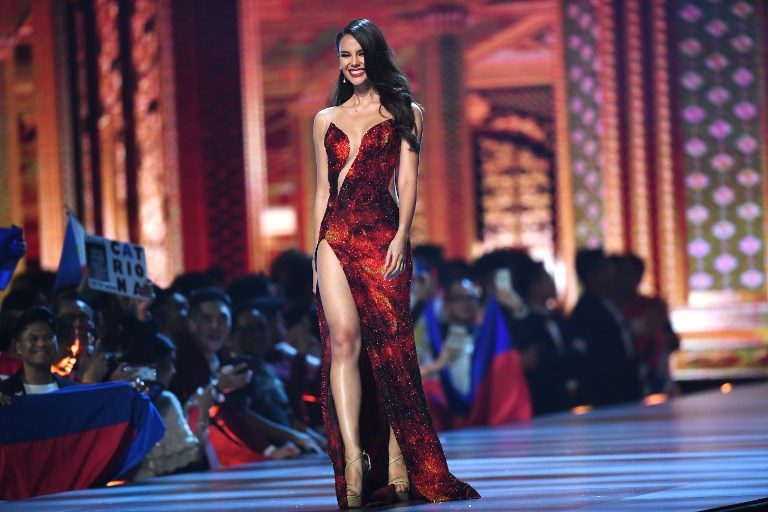
Three days later, she returned to Manila where she was met by screaming fans and the media who tried to ambush her for interviews as she made her way to a press conference sponsored by former Ilocos Sur governor Luis “Chavit” Singson’s group.

She was in town for a charity event, which she graced on Thursday, December 20, as she went to an orphanage to donate toys for kids and a check on behalf of the Miss Universe Organization. (READ: Miss Universe 2018 Catriona Gray on the importance of giving this Christmas)
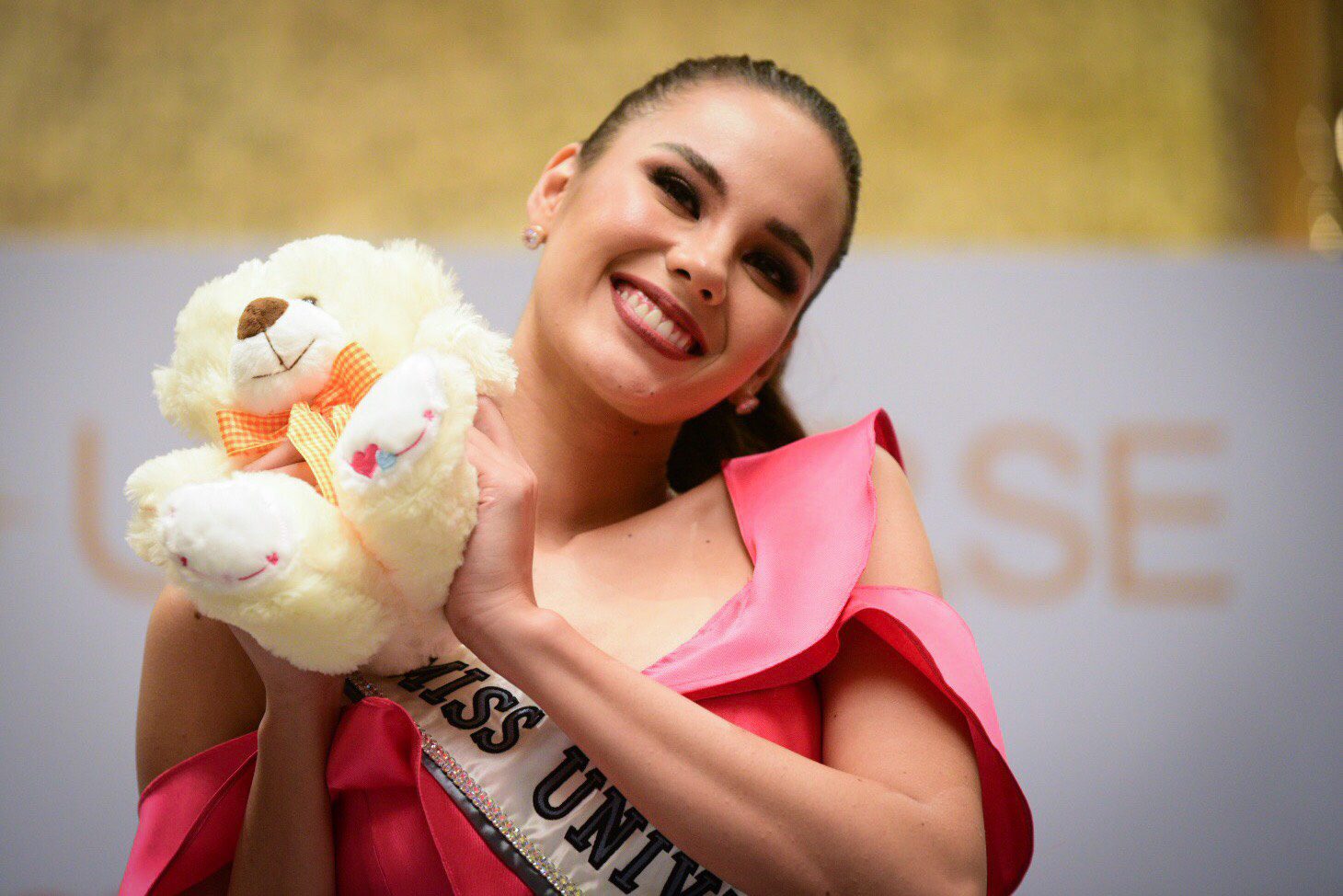
Clearly, the nation was bursting with happiness with her win. But it was not all merry as some netizens frowned on her answer during the final Q&A, pointing out that she “romanticized” poverty. (READ: ‘Problematic, romanticized:’ Netizens hit Catriona Gray’s winning answer)
Filipino pageant enthusiasts believe that Catriona’s win shows that women joining beauty contests today is not just about having beautiful faces but also about having the brains. However, some still believe that the purpose of pageants is outdated and that they still objectify women who show of their toned bodies in swimsuits.
So the debate and purpose of beauty pageants in the Philippines continues. Does it empower women or does it objectify them?
History of pageantry
History shows that Filipinos’ love for pageantry can be traced back to the Santacruzan which was a celebration in honor of the search for the Holy Cross by Helena of Constantinople.
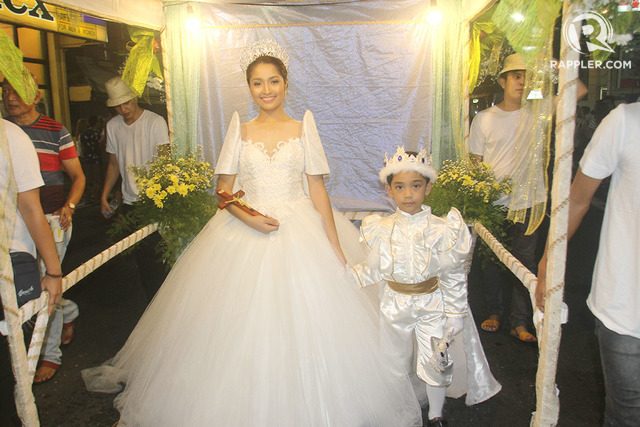
During the American occupation, the concept of the carnival queen was introduced. The carnival queen was part of a project to strengthen the friendship between the Philippines and the US.
After World War II, a contest was held for an airline company. This contest would lead to a chapter on the Filipinos’ growing fascination with pageants.
In 1964, Binibining Pilipinas Charities Inc (BPCI) was established. The group is headed by the first Miss International, Stella Marquez of Colombia (she later married Jorge Araneta of the Philippines). BPCI is responsible for picking the ladies to be sent to Miss Universe and Miss International beauty pageants. It also does charity work.
The love for pageantry started to grow with the establishment of the Miss Universe pageant in 1952. Finland’s Armi Kuusela, became the first Miss Universe. She would later on have ties with the Philippines, marrying Filipino businessman Virgilio Hilario after her reign.
But in 1969, the Filipinos’ fascination with Miss Universe changed forever. Aside from the first man landing on the moon and the advancement of television, the country produced its first winner – Gloria Diaz, who later went on to become an actress.
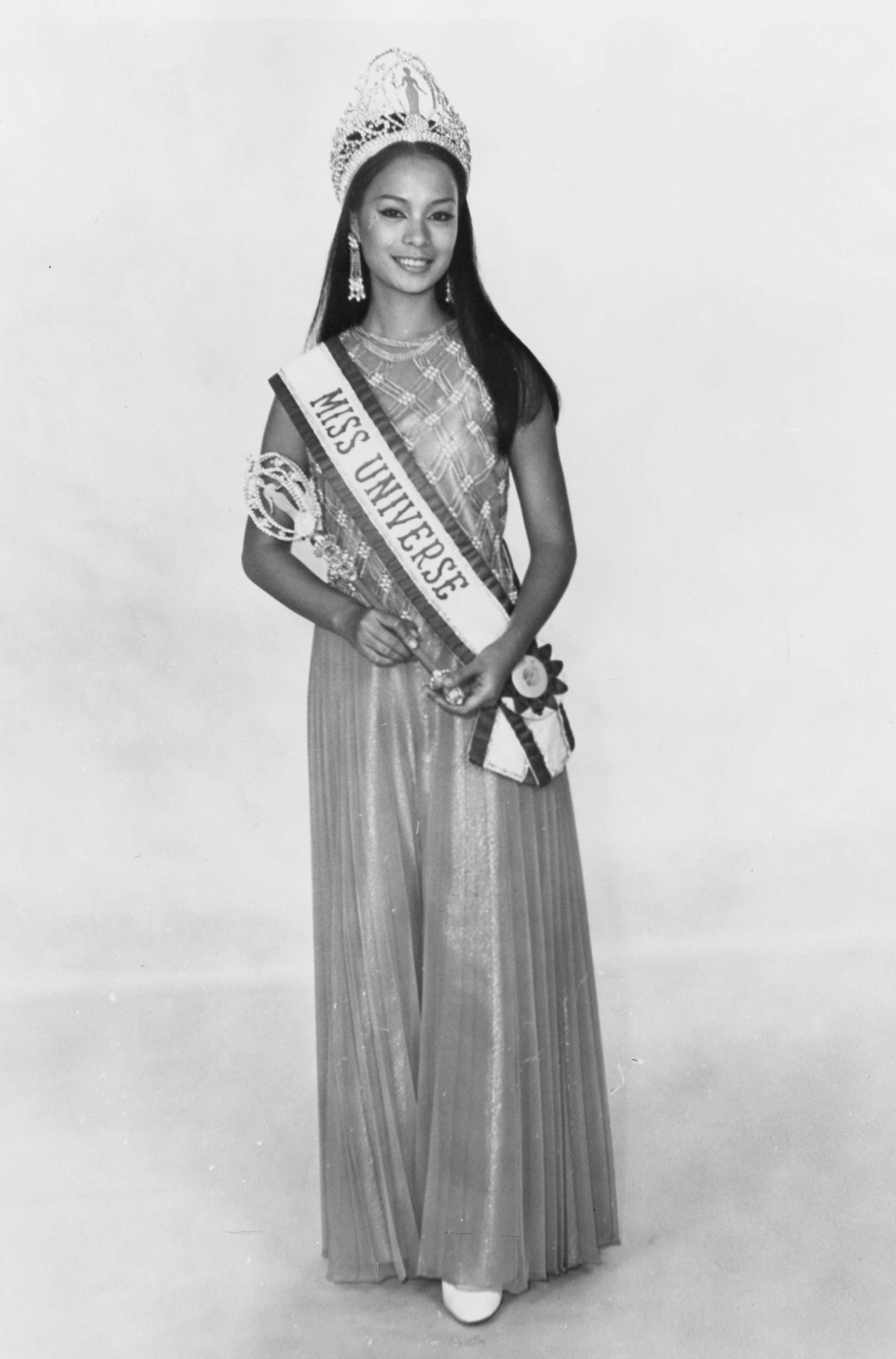
Prior to Gloria, Gemma Cruz won Miss International in 1964. Their respective wins would be replicated in the ’70s courtesy of Aurora Pijuan (1970) and Melanie Marquez (1979) for Miss International.
Four years after Gloria, Margarita “Margie” Moran won Miss Universe in 1973. Their wins would cement the country’s love for the pageant.
Filipinos continued to be glued to television as Filipino representative after representative went abroad to compete in various pageants. Precious Lara Quigaman gave hope to the country once more in 2005 when she won Miss International.
In 2010, Venus Raj ushered in what everyone calls another “golden era” for Philippine pageantry. She went on to bag the 4th runner-up position in Miss Universe. Her placements would be replicated by the likes of Shamcey Supsup (Miss Universe 2011 3rd runner-up), Janine Tugonon (Miss Universe 2012 1st runner-up), and Ariella Arida (Miss Universe 2013 3rd runner-up). Mary Jean Lastimosa, Maxine Medina, and Rachel Peters would end up as either part of the Top 10 or Top 6.
After 42 years, the Philippines was in the spotlight once more when Pia Wurtzbach took home the country’s 3rd Miss Universe crown in 2015. Despite a mistake by host Steve Harvey, Filipino fans saw Pia’s reign as something unforgettable.
She was taken in a motorcade around Manila and became a topic everywhere she went. Her stints as an advocate for HIV/AIDS awareness and showbiz duties were monitored and scrutinized by the public.
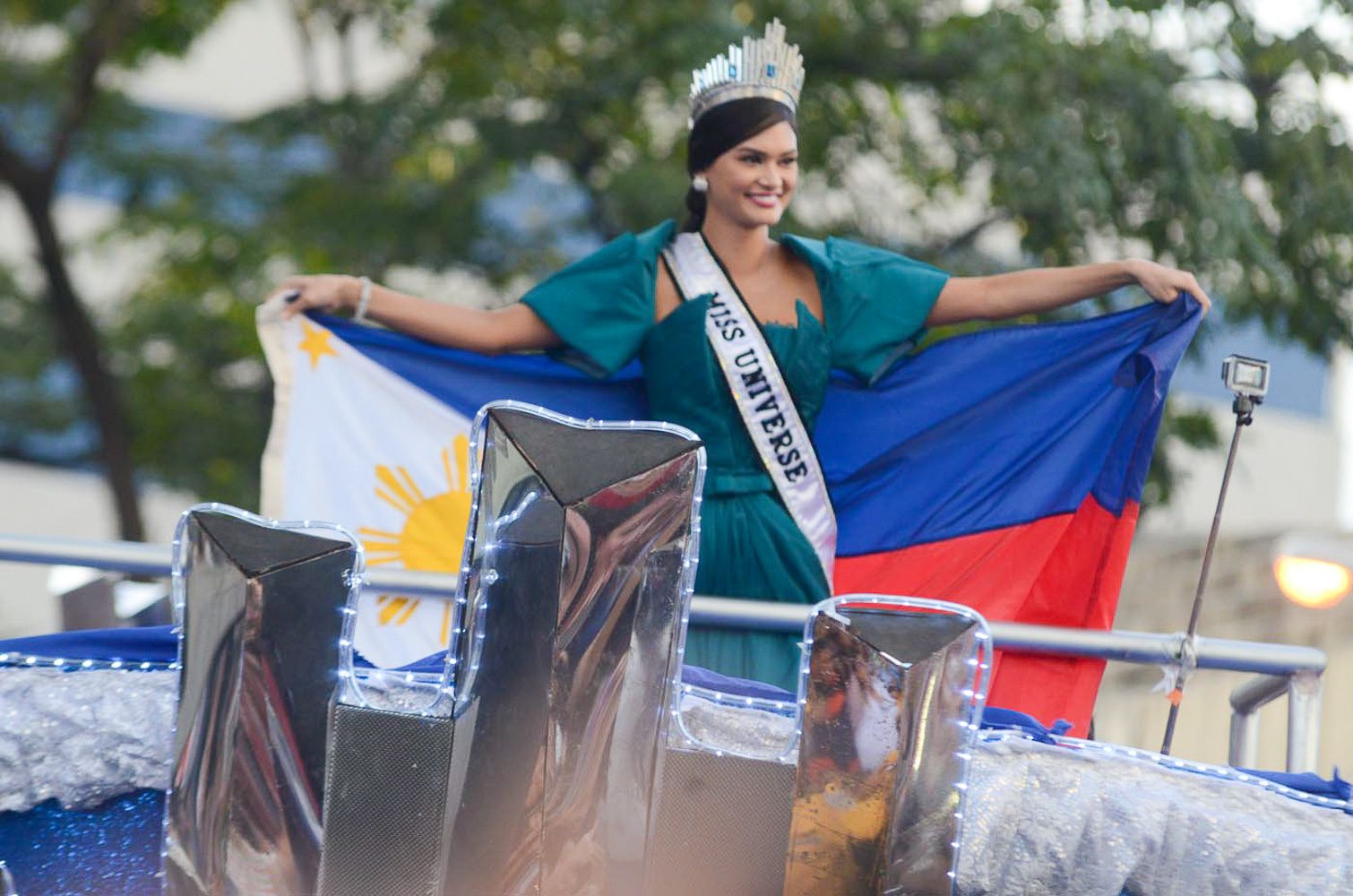
Other queens were not forgotten. The year 2013 saw the country’s first Miss World courtesy of Megan Young. A 5th Miss International title was won by Bea Rose Santiago and Mutya Datul got the first Miss Supranational crown. In 2014, Jamie Herrell won Miss Earth and a back-to-back win happened in 2015, thanks to Angelia Ong.
The year 2016 also saw a 6th title in the Miss International pageant courtesy of Kylie Verzosa, while in 2017, Karen Ibasco grabbed the 4th Miss Earth crown.
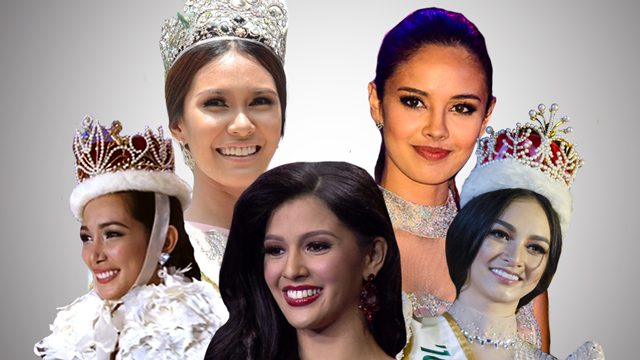
The Philippines was no doubt Asia’s powerhouse in pageantry, thanks to the wins of these ladies. The country would win crowns one after the other, either as a main winner or a runner-up.
Pageant training
Credit goes to the changes that have been made. Ladies competing used to be sent abroad for training in Colombia or Venezuela. But with the establishment of the beauty pageant camps, this has changed.
Rodgil Flores – the man behind Kagandahang Flores and the one who trained the likes of Bea Rose Santiago, Jamie Herrell, Angelia Ong, and Karen Ibasco – said that they adopted the rules they got from watching the ladies of Venezuela. That country has produced many titleholders under pageant coach and mentor Osmel Sousa.
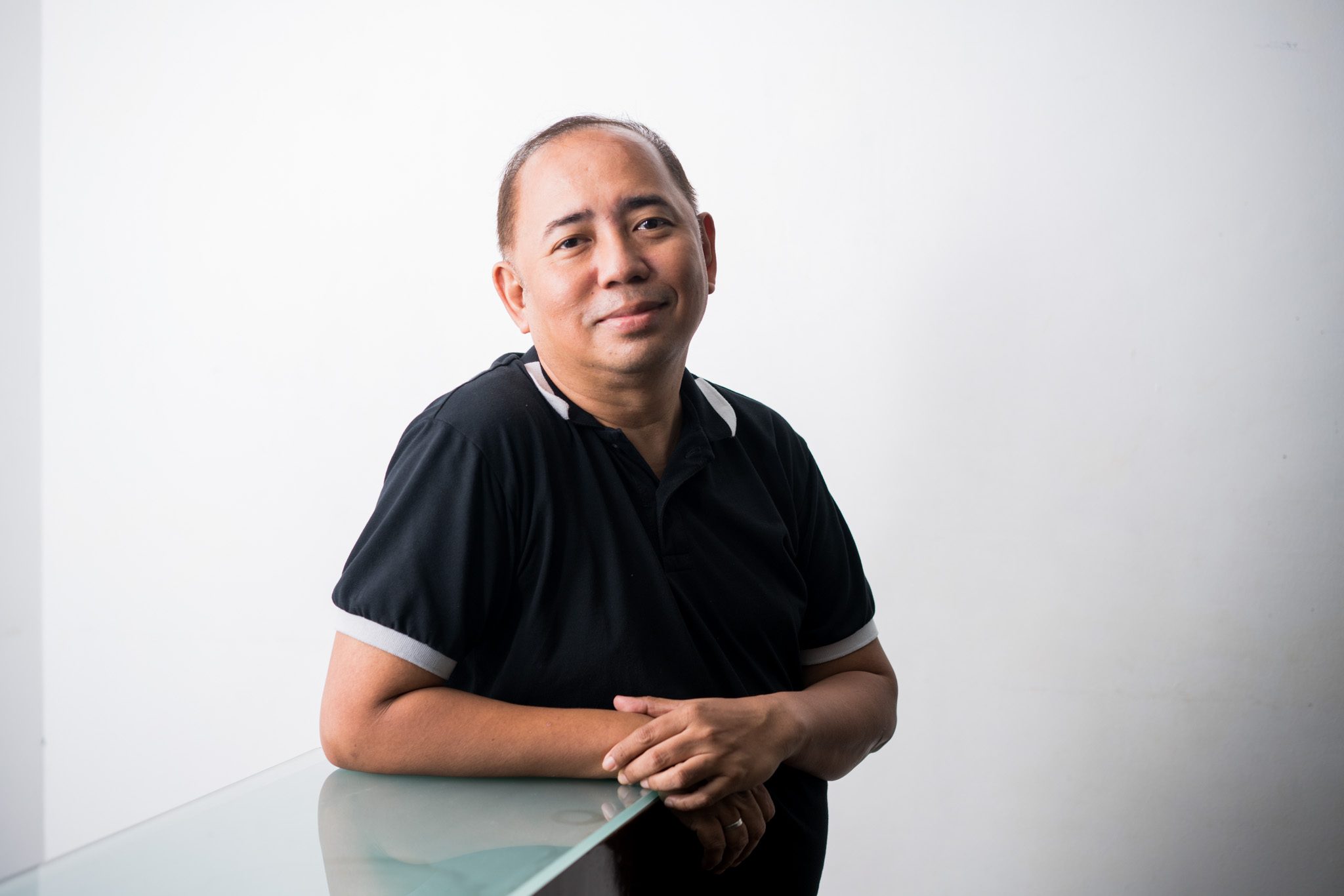
“It’s always like that right? You get the best practices from those who have succeeded. That was the inspiration for it. It’s not in a way copying it, but what I mean is, when you are passionate about your craft, you’re passionate about fielding girls in national pageants, eventually international pageants. Of course, you research, you study. The successful story was Venezuela at that time. You see that they have the proper training. And we kind of adopted that,” Flores said in a mix of English and Filipino.
Flores would coach his wards in the evenings. He is known for training the ladies in the “duck” walk, which is part swaying their hips as part of the exercise.
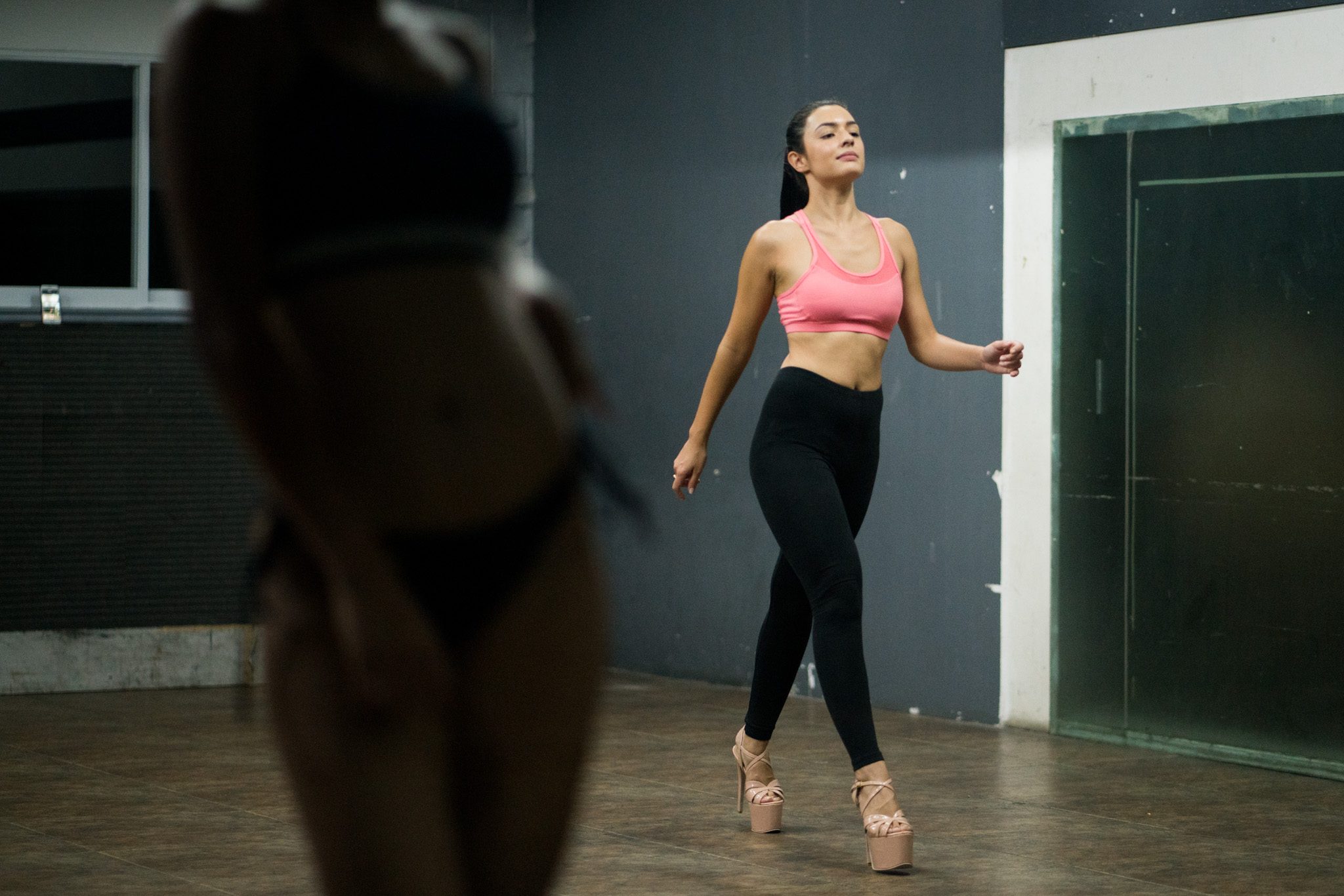
Adam Genato, writer and correspondent for Sash Factor, a website dedicated to beauty pageants, also pointed out the importance of pageant camps. He said that Filipinas have become fighters when competing for a crown.
“Because before, if you compared it to the last decade… I’m basing it from Miss Universe, most of our delegates this decade wanted to up their notch when it came to their A game in Miss Universe,” Genato said.
“Credit goes to the camps of these girls as to why they’ve been performing well in the international stage. Because like 20 years ago, I don’t know who is training the girls in their international competitions. Was it just sir Pitoy Moreno, or the handlers only? They were not as aggressive, not as tedious, or the training was not hard enough,” he said in a mix of English and Filipino.

But Filipinos are not the only ones getting trained. With the country’s winning streak, more and more ladies from other countries have come to be coached in beauty camps such as Aces and Queens and Kagandahang Flores.
Miss International 2017 Kevin Lilliana of Indonesia trained under Flores. The 2018 Puteri Indonesia titleholders led by Sonia Citra, who competed alongside Catriona, were spotted watching a beauty pageant. They also underwent training under Flores last September.
Francesca Mifsud, Miss Universe Malta 2018, underwent pageant training in the Philippines in September, where she took pasarela (pageant catwalk) training under the guidance of Mharvz Napoles.
Ecuador’s representative, Virginia Limongi, reportedly trained under Aces and Queens. The same Aces and Queens produced the likes of Pia Wurtzbach, Megan Young, and Kylie Verzosa.
Empowerment or objectification of women?
Despite the wins and the training that Filipino candidates experienced, the debate on Filipinos’ love for pageants continues. Some believe that there are more important things than holding pageants in the country. (READ: The Philippines’ beauty pageant obsession: Who benefits?)
Aurora de Dios, executive director of the Women and Gender Institute of Miriam College, and former chairperson of the National Commission on the Role of Filipino Women (now known as Philippine Commission for Women), said that she has nothing against women joining competitions but there are other ways to empower oneself.
De Dios recalled that at one point after Gemma Cruz won, it was Gemma herself who led a protest against pageantry in the country.
“She (Gemma Cruz) led the group of women – Gabriela at the time, to protest the pageant…well because you’re paraded around [in] your bathing suit and you are measured by your physical attributes,” De Dios said.
“To me, that is kind of exploitative…because they are measured like a cow – for your beauty, for your hips, for your butt, etc. , with the idea that there’s a perfect norm about beauty. And then of course the measure of your beauty, whether you are tisay (mestiza or white) and definitely are not supposed to be colored.
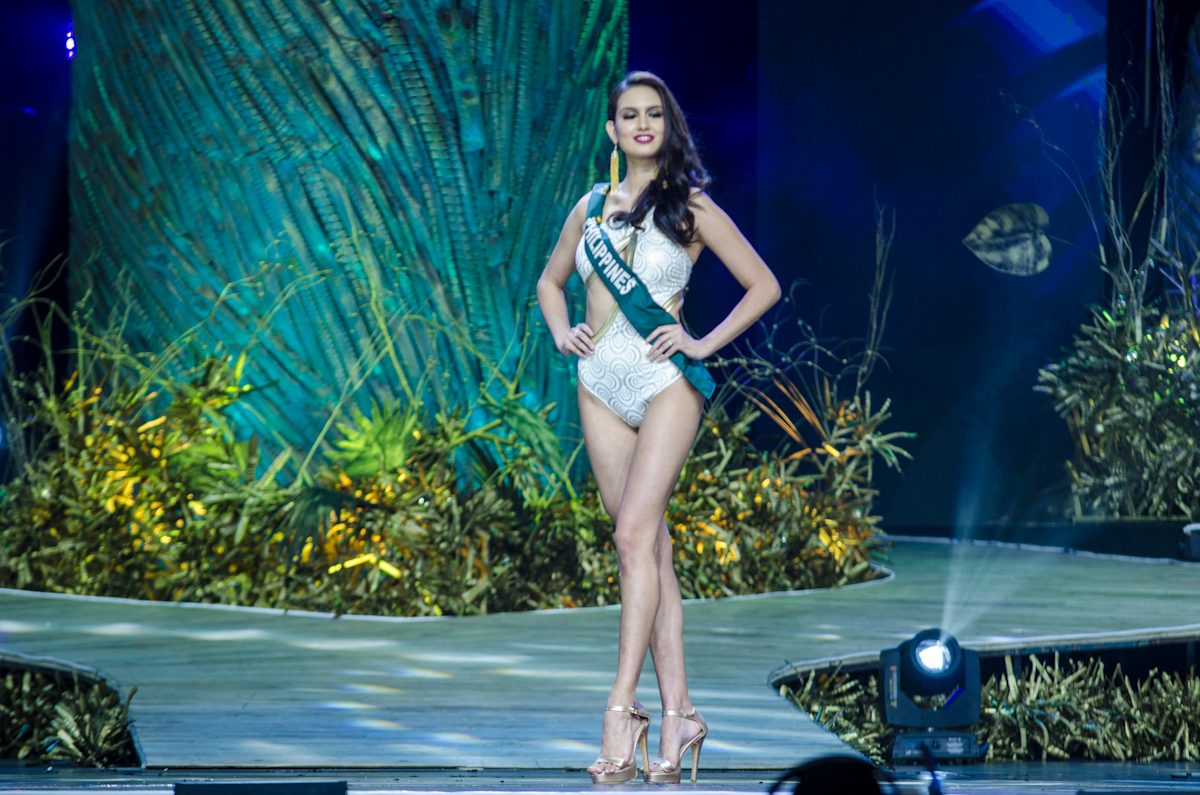
“So the idea of beauty that has been projected in this pageant is not only physically, you know, very physical in terms of its indicator of beauty, but also very racial even in the Philippines. So for that reason, I think, if you project beauty, it can be defined by any other indicator, but this one is very physical and they come. It’s also a contest where women compete for the title.”
As to whether it empowers, De Dios said: “Is it empowering to me? It has always been exploitative. That’s what I think about it…and who are the judges? [They] are mostly dirty old men. Some are women, of course. The other is whether it is empowering or not. I think in the Philippines, with abject poverty, such that almost 60%, 70% of our people are poor, I’ve always believed that what makes us happy and what saves us [are] two things. People are just hopeful that their situation will get better.”
Nathalie Verceles, director for the Center of Women’s and Gender Studies of the University of the Philippines, said that she has noticed that many of the candidates in the contests have been projected by the organizations behind the competitions as empowered women. While she has nothing against women competing, she said she would like to see more.
“For us, empowerment is…having control over your life, in your choices, having control over your body. If we look at it from that perspective, you have to talk to the individual candidates in terms of how they see themselves with respect to these notions of empowerment. Do they really feel free when they’re winners? Because when you’re a reigning titleholder, I think the parameters are different as opposed to after you finish your reign.”
She said she’s interested in knowing whether the women joined pageants not to win, but because there were opportunities provided after their reign.
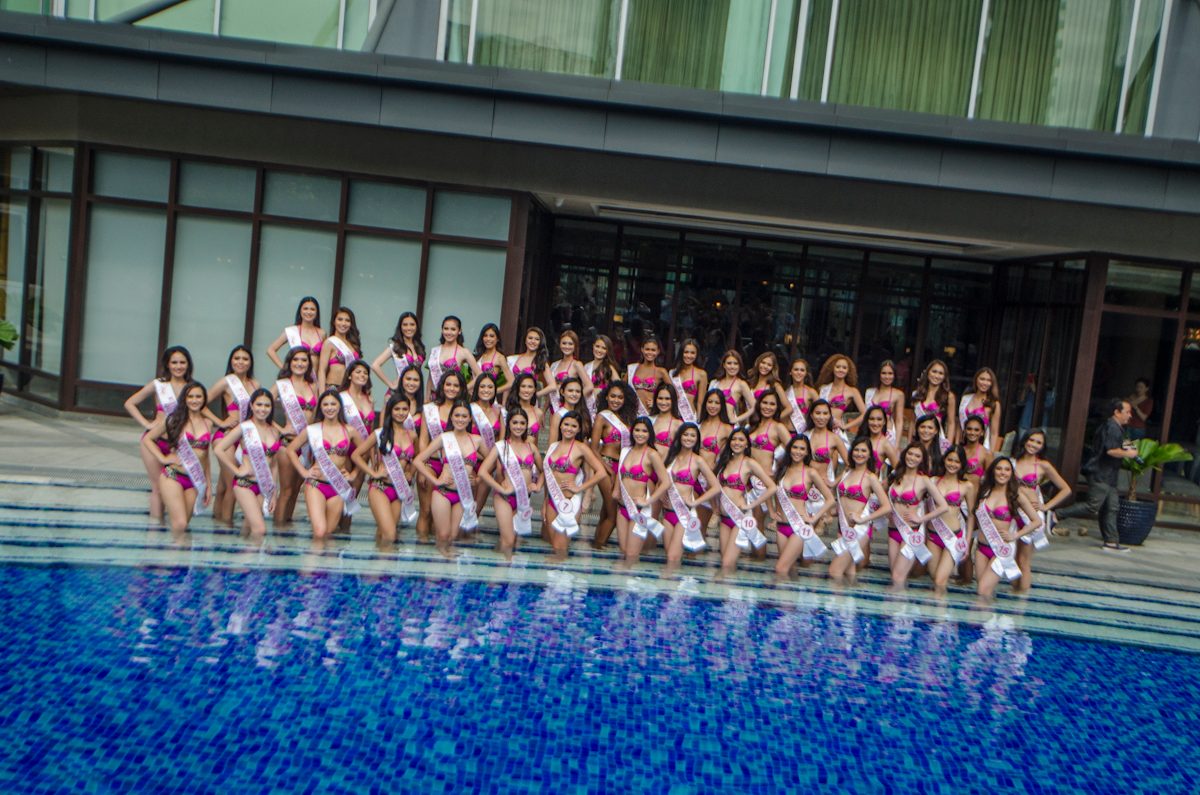
But others like the beauty queens themselves see that joining contests can be of help.
Pauline Amelinckx, Mutya ng Pilipinas 2018 Global Beauty Queen, said: “Pageantry actually provides a very nice platform for girls of my age, even men of our age for their advocacy – to be part of something great, part of projects, and that like. And also, it’s not just only about us, but also about people that we bring together that support us. We fill stadiums and I think that’s something beautiful. That’s something I like about pageantry, especially here in the Philippines, because it’s such a big celebration here.”
Peter Sereno, a former Filipino-Australian beauty pageant coach and commentator, who helped train Miss Universe 2004 Jennifer Hawkins, said that women are smart about getting into these types of contests.
“I think there are certain women out there who recognize, and are in touch with, their femininity, knowing that in this industry, sex sells. The smart woman recognizes this and uses her God-given powers to influence and advance her causes as well as her own interests. And there’s nothing wrong with that. It’s about playing the game and not being hypocritical about it,” he said.
Clearly the modern Filipino women know how to win and play the game of pageantry. – Rappler.com
READ: CONCLUSION | Beauty pageants in the Philippines: Changes, what’s next?
Add a comment
How does this make you feel?

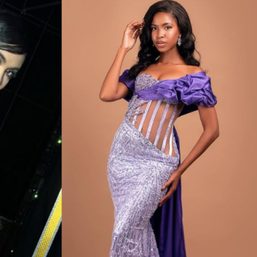
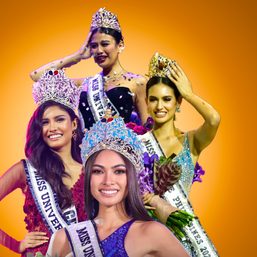
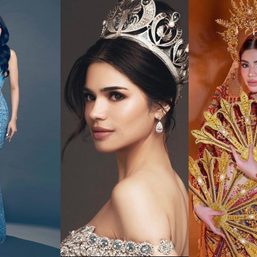
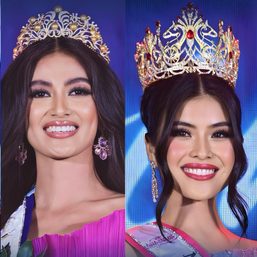
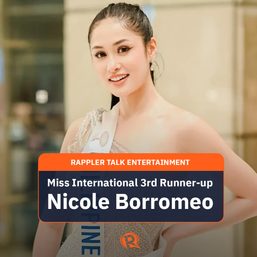
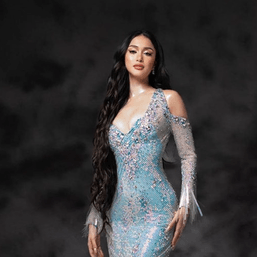

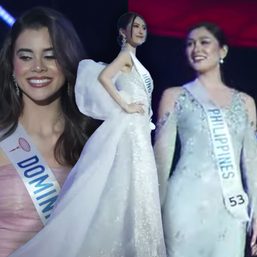
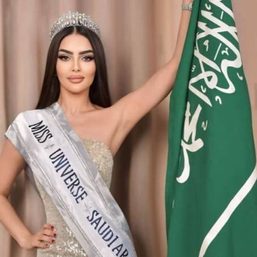
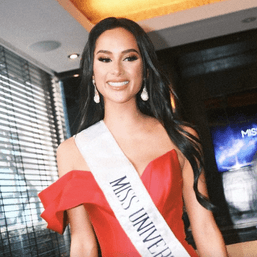

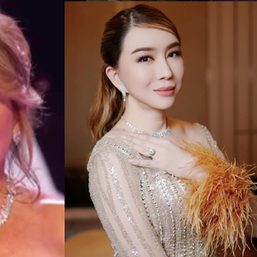

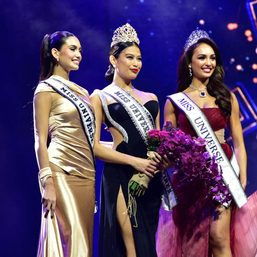
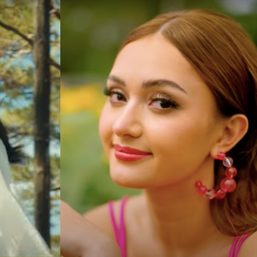
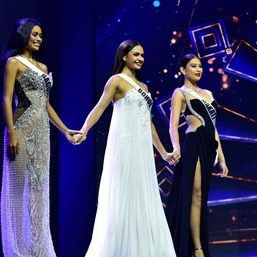
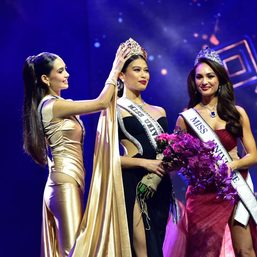


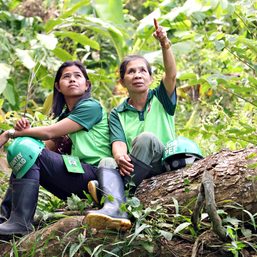
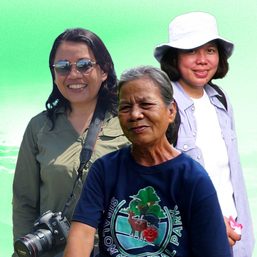
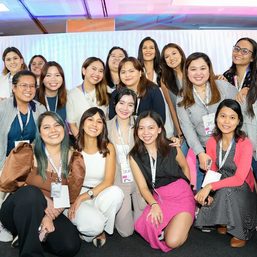

There are no comments yet. Add your comment to start the conversation.